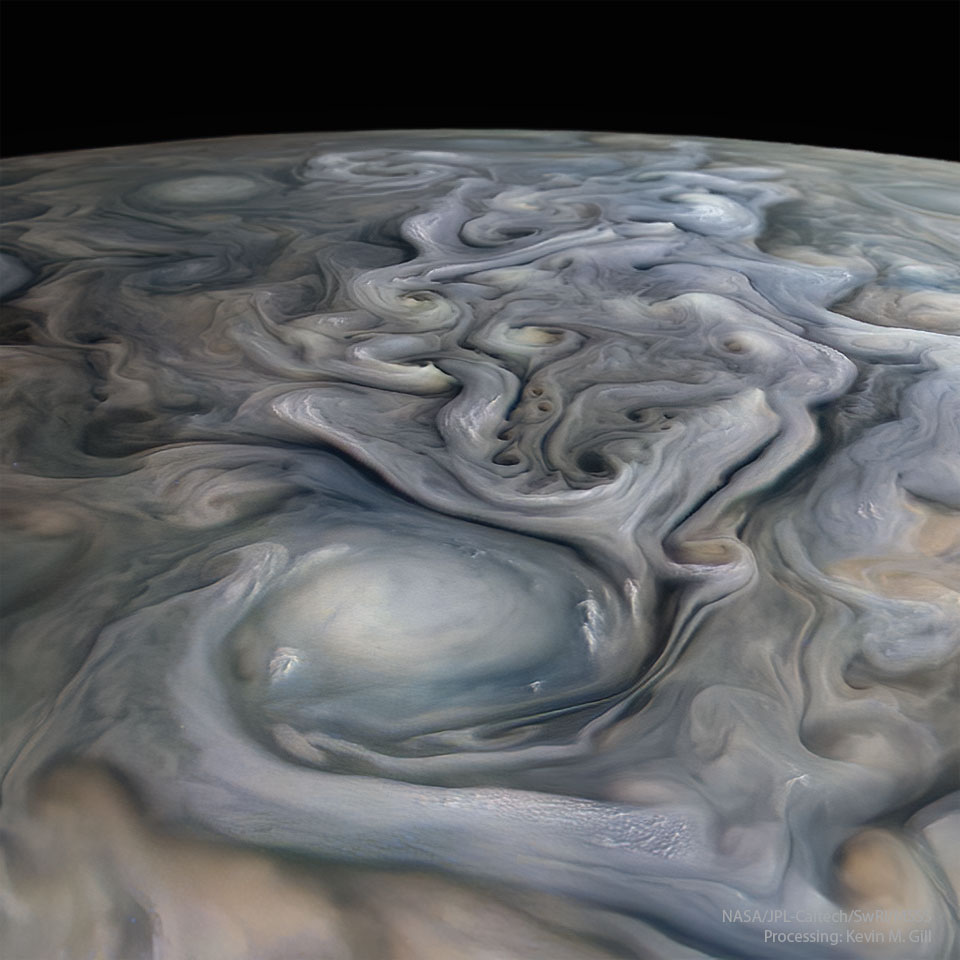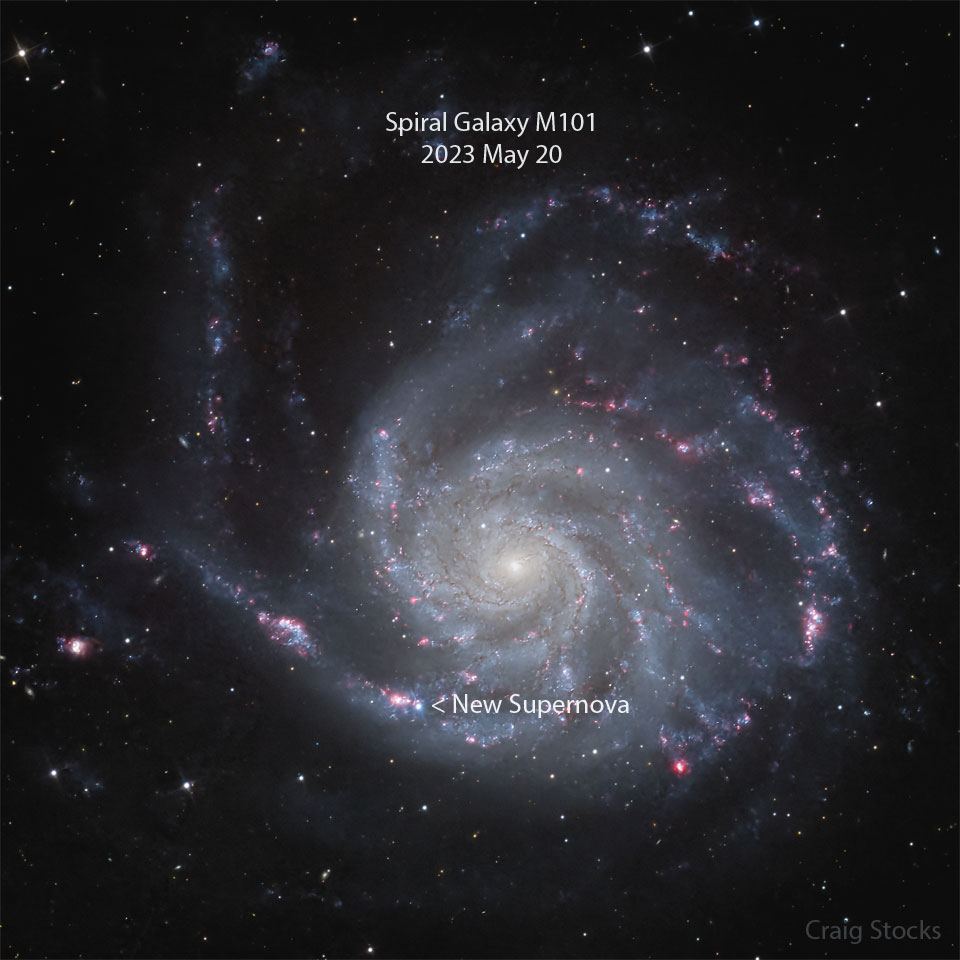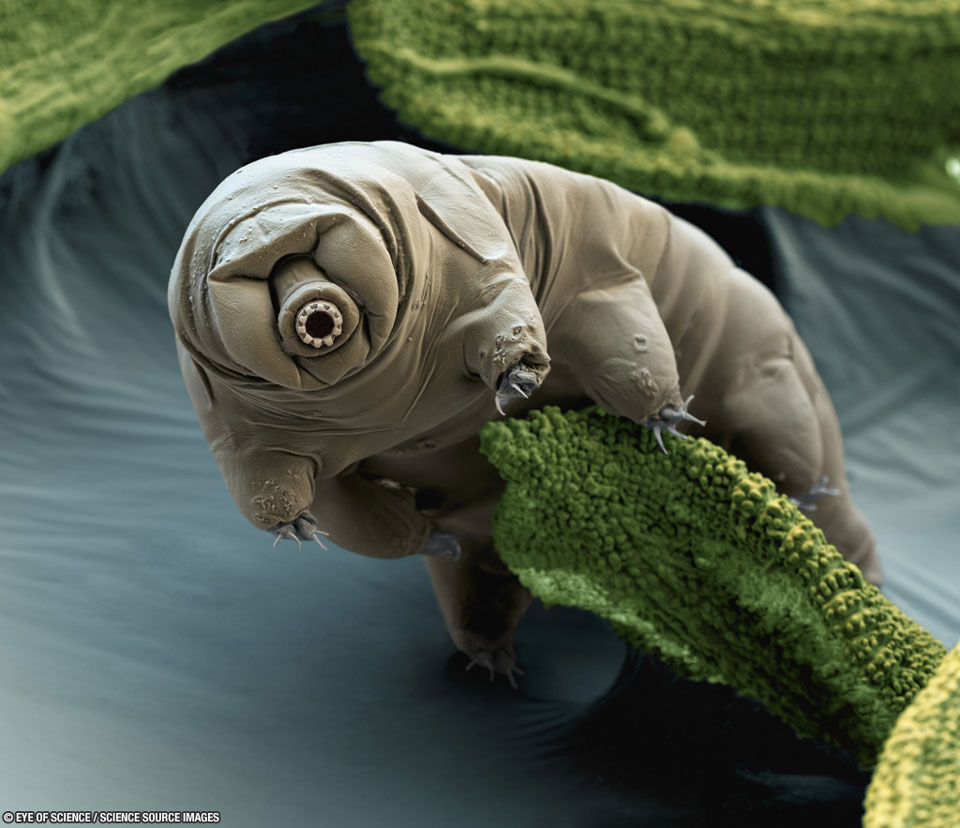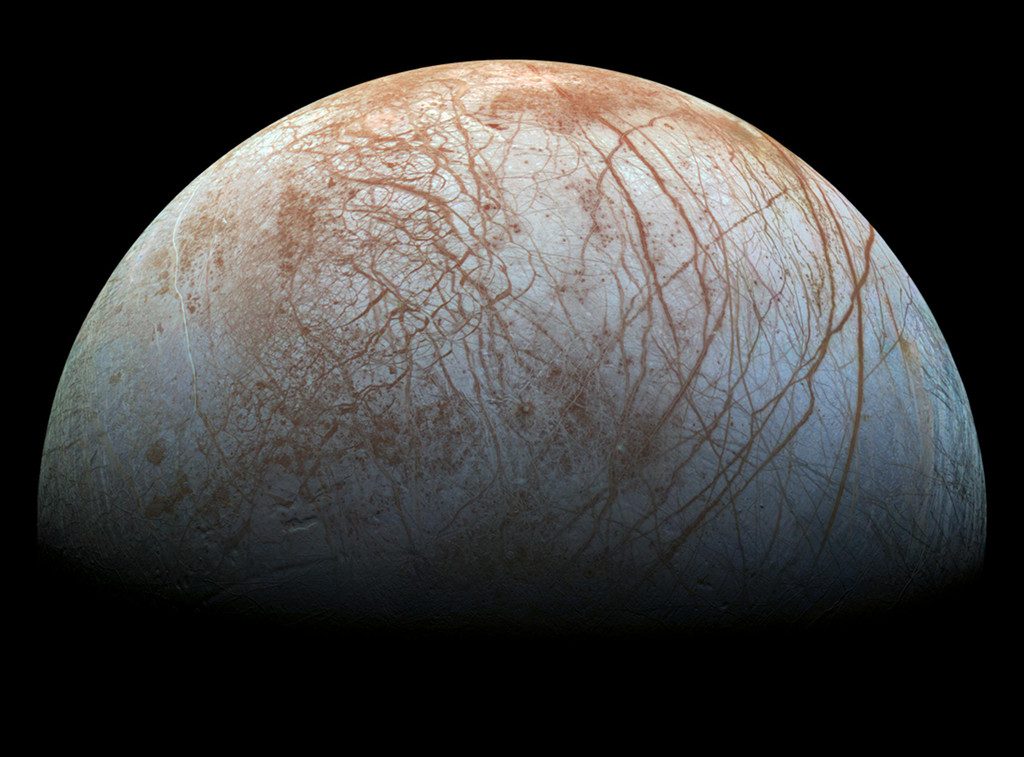Ce petit post, pour vérifier que mon blog WordPress est enfin connecté au Fediverse.
Après plusieurs essais infructueux dûs à un historique de fichiers (le fautif étant principalement le fichier de conf du virtualhost apache) trainant de serveurs migrés en serveurs migrés… cela ne fonctionnait pas jusqu’à présent.
Après correction du fichier incriminé « Let’s hope it works !! »





